Japanese billionaire gets ready for December space mission
Friday, 15 October 2021 12:59
Imminent asteroid missions could reveal our origins, and help save Earth from deadly strike
Friday, 15 October 2021 12:55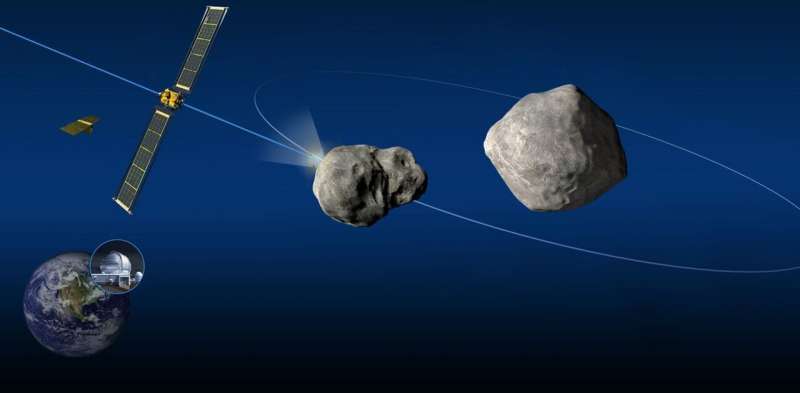
Asteroids are remnants of the early Solar System, with the potential to reveal secrets of our planet's origins. But they could also bring an end to life on Earth. Now two missions, Lucy and DART (Double Asteroid Redirection Test) will provide further insights into both of these features—with DART even attempting to redirect the orbit of a moon around an asteroid.
Space rocks are generally considered to be asteroids if they are larger than approximately 1km in size, and made principally of "non-volatile" materials—chemicals that can be easily vaporized. Carbon monoxide, for example, is volatile as it vaporizes at a temperature of -191°C. But iron, with a vaporization point of 2,862°C is non-volatile.
This is somewhat different to comets. Asteroids are found more commonly in the inner Solar System, whereas comets with their volatile-rich composition tend to lurk in the outer part, far from the heat of the Sun.
Week in images: 11 - 15 October 2021
Friday, 15 October 2021 12:08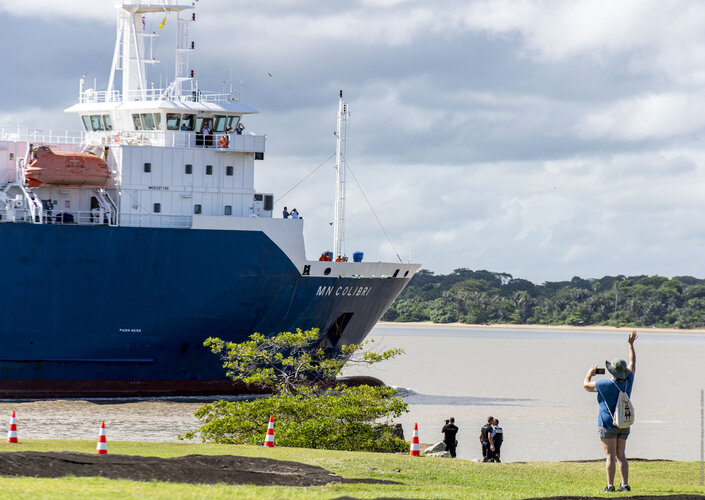
Week in images: 11 - 15 October 2021
Discover our week through the lens
Ariane 6 development: progress on all fronts
Friday, 15 October 2021 12:00 Video:
00:05:15
Video:
00:05:15
These are exciting days at Europe’s Spaceport in French Guiana and throughout several sites in ESA Member States as the development of Ariane 6 enters its final phase. Ariane 6 parts are being shipped from Europe for combined tests on the new Ariane 6 launch base. These tests rehearse all activities and systems involving the rocket and launch base on an Ariane 6 launch campaign. On the final test, the Ariane 6 core stage will perform a static hot firing while standing on its recently inaugurated launch pad. It will be from this new launch base that ESA’s
With latest mission, China renews space cooperation vow
Friday, 15 October 2021 09:11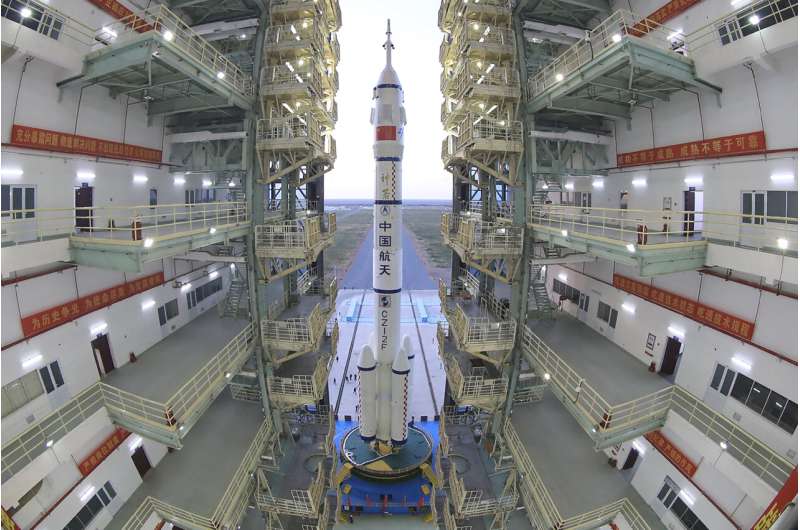
BepiColombo’s first tastes of Mercury science
Friday, 15 October 2021 08:00
The magnetic and particle environment around Mercury was sampled by BepiColombo for the first time during the mission’s close flyby of the planet at 199 km on 1-2 October 2021, while the huge gravitational pull of the planet was felt by its accelerometers.
The magnetic and accelerometer data have been converted into sound files and presented here for the first time. They capture the ‘sound’ of the solar wind as it bombards a planet close to the Sun, the flexing of the spacecraft as it responded to the change in temperature as it flew from the night to dayside of the planet,
Earth from Space: New Delhi
Friday, 15 October 2021 07:00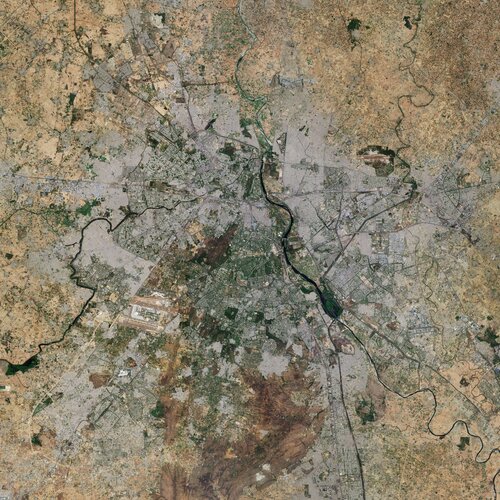
New Delhi, the capital and second-largest city of India, is featured in this image captured by the Copernicus Sentinel-2 mission.
China to launch latest crewed space mission Saturday morning
Friday, 15 October 2021 06:17 China will send three astronauts to its new space station this week, officials confirmed Thursday, in what will be Beijing's longest crewed mission to date.
The three will blast off at 12:23 a.m. on Saturday from the launch centre in northwestern China's Gobi desert, the China Manned Space Agency (CMSA) said at a press conference Thursday.
They will spend six months at the Tiangong space
China will send three astronauts to its new space station this week, officials confirmed Thursday, in what will be Beijing's longest crewed mission to date.
The three will blast off at 12:23 a.m. on Saturday from the launch centre in northwestern China's Gobi desert, the China Manned Space Agency (CMSA) said at a press conference Thursday.
They will spend six months at the Tiangong space NASA, ULA pursue precision launch for Lucy asteroid mission
Friday, 15 October 2021 06:17 NASA has worked years to build a spacecraft to examine eight asteroids for clues about the origins of the solar system, and now the agency has a three-week period to launch starting this weekend.
The launch period will begin the earliest possible attempt at 5:34 a.m. EDT Saturday from Cape Canaveral Space Force Station in Florida.
The launch is to send the $981 million mission on
NASA has worked years to build a spacecraft to examine eight asteroids for clues about the origins of the solar system, and now the agency has a three-week period to launch starting this weekend.
The launch period will begin the earliest possible attempt at 5:34 a.m. EDT Saturday from Cape Canaveral Space Force Station in Florida.
The launch is to send the $981 million mission on Blue Origin launches William Shatner, TV's Captain Kirk, into space and back
Friday, 15 October 2021 06:17 Star Trek actor William Shatner went boldly into space Wednesday morning and returned safely with three crew members aboard a Blue Origin capsule launched from West Texas.
Shatner, 90, becomes the oldest person ever to reach space. The New Shepard rocket that carried the crew lifted off into a mostly sunny sky at 10:50 a.m. EDT from the company's Launch Site One about 160 miles east of
Star Trek actor William Shatner went boldly into space Wednesday morning and returned safely with three crew members aboard a Blue Origin capsule launched from West Texas.
Shatner, 90, becomes the oldest person ever to reach space. The New Shepard rocket that carried the crew lifted off into a mostly sunny sky at 10:50 a.m. EDT from the company's Launch Site One about 160 miles east of SpaceX will debut new Dragon capsule for upcoming crew launch
Friday, 15 October 2021 06:17 SpaceX will debut a new Crew Dragon capsule, the company's third to carry astronauts, for the Crew 3 mission to the International Space Station on Oct. 30, Elon Musk's company said Wednesday.
"Crew 3 will be flying on a new Dragon spacecraft and it's really exciting to introduce another Crew Dragon to our fleet," Sarah Walker, SpaceX director of Dragon mission management, said in a news
SpaceX will debut a new Crew Dragon capsule, the company's third to carry astronauts, for the Crew 3 mission to the International Space Station on Oct. 30, Elon Musk's company said Wednesday.
"Crew 3 will be flying on a new Dragon spacecraft and it's really exciting to introduce another Crew Dragon to our fleet," Sarah Walker, SpaceX director of Dragon mission management, said in a news Macron announces 30-billion-euro plan to re-industrialise France
Friday, 15 October 2021 06:17 President Emmanuel Macron on Tuesday announced a plan worth 30 billion euros ($35 billion) to re-industrialise France on the basis of innovative and green-friendly technologies including electric cars, hydrogen fuel and efficient nuclear plants.
Six months before a presidential election and one month ahead of a UN climate summit, Macron said France had taken key decisions "15-20 years later
President Emmanuel Macron on Tuesday announced a plan worth 30 billion euros ($35 billion) to re-industrialise France on the basis of innovative and green-friendly technologies including electric cars, hydrogen fuel and efficient nuclear plants.
Six months before a presidential election and one month ahead of a UN climate summit, Macron said France had taken key decisions "15-20 years later Virgin Galactic postpones SpaceShipTwo flight, begins maintenance period
Friday, 15 October 2021 01:34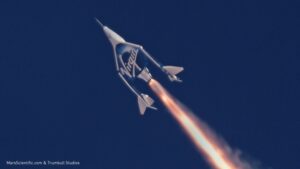
Virgin Galactic will postpone a SpaceShipTwo suborbital spaceflight that had been scheduled for this month, electing to instead immediately begin an extended maintenance period for the spaceplane and its carrier aircraft that will further delay the start of commercial flights.
Kendall looks to accelerate appointment of civilian leader to oversee Space Force acquisitions
Thursday, 14 October 2021 22:48
Air Force Secretary Frank Kendall is asking Congress to authorize a new assistant secretary for space acquisitions before the Oct. 1, 2022, date that was set in the 2020 National Defense Authorization Act.
Space Force wants to learn how venture capitalists assess startups
Thursday, 14 October 2021 21:06
An agreement just announced between the U.S. Space Force and a venture capital firm is a pilot project intended to help government buyers understand how investors assess space industry startups.

